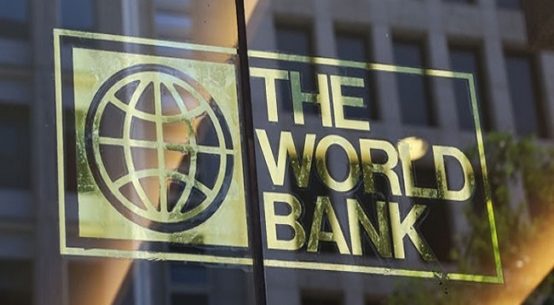
Every year, floods in Bangladesh unleash devastating impacts, displacing thousands and creating acute shortage of essentials. This recurring crisis underscores the urgent need for increased support. Effective assistance can significantly alleviate immediate suffering and aid in recovery. Active participation from individuals, organizations, and the global community is crucial to address these challenges and help communities rebuild their lives. Let’s explore how to take meaningful action to support flood victims.
Critical Approaches to Help Flood Victims in Bangladesh
Conducting Immediate Rescue Operations
Rescuing individuals often involves deploying boats to navigate through floodwaters and reach stranded persons. These boats can navigate through submerged streets and areas, allowing rescuers to reach those cut off from dry land. Speedboats can be utilized for faster response and to cover larger areas efficiently. In severe cases, helicopters are essential for reaching inaccessible or heavily flooded regions. They can airlift individuals from isolated locations, bypassing obstructed or hazardous terrain.
Volunteering
When it comes to vital hands-on support, volunteers can make a tangible difference in flood-affected areas. This turbulent period raises great demands on various aspects of disaster response, including distributing aid, setting up temporary shelters, and assisting with medical care. By organizing and distributing food, water, and other essential supplies, volunteers ensure that resources reach those who need them the most.
In addition, volunteers can support clean-up and rebuilding work, which are vital for restoring communities and infrastructure. Providing emotional support and reassurance to flood survivors is also an important aspect of volunteering, helping to boost morale and strengthen community resilience.
Distributing non-perishable food items and clean drinking water helps prevent water-borne diseases, malnutrition, and dehydration, which are prevalent in flood-affected areas. Providing warm clothing, blankets, and sleeping mats can also help people fight colds.
Additionally, essential medical supplies such as first aid kits, medications, and hygiene products are vital for treating injuries and deterring disease outbreaks.
Besides delivering emergency supplies to the government flood shelters and local people’s houses, temporary shelters, such as colleges, schools, or local multi-storied buildings, where local people take shelter, should also be covered.
Collaborating with local organizations or community groups can enhance the effectiveness of relief distribution, ensuring that aids reach those in greatest need promptly and efficiently.
Raise Awareness
Utilizing social media platforms, local media, and community outreach effectively informs a wider audience about the damage and urgent needs of those affected. Highlighting specific aspects, such as the shortage of clean water, medical supplies, or temporary shelters, can mobilize resources and prompt action from individuals and organizations.
Awareness campaigns can also encourage donations and volunteer work, fostering a sense of global solidarity and prompting government and international responses. It facilitates keeping the issue visible and ensures it remains a priority for donors and policymakers.
Fund Health and Sanitation Initiatives
Flooding can lead to contamination of water sources, increasing the risk of waterborne diseases. Funding projects that provide access to clean water and sanitation facilities, such as portable toilets and water purification systems, can significantly improve public health.
Moreover, initiatives like mobile health clinics can be helpful for flood-affected people to provide medical care, vaccinations, and treatment for diseases to address immediate health concerns.


